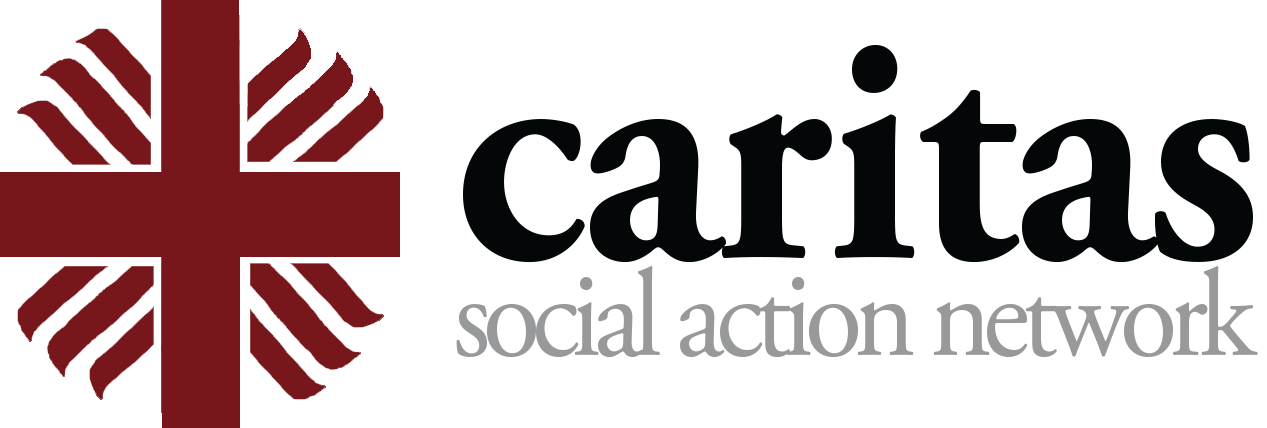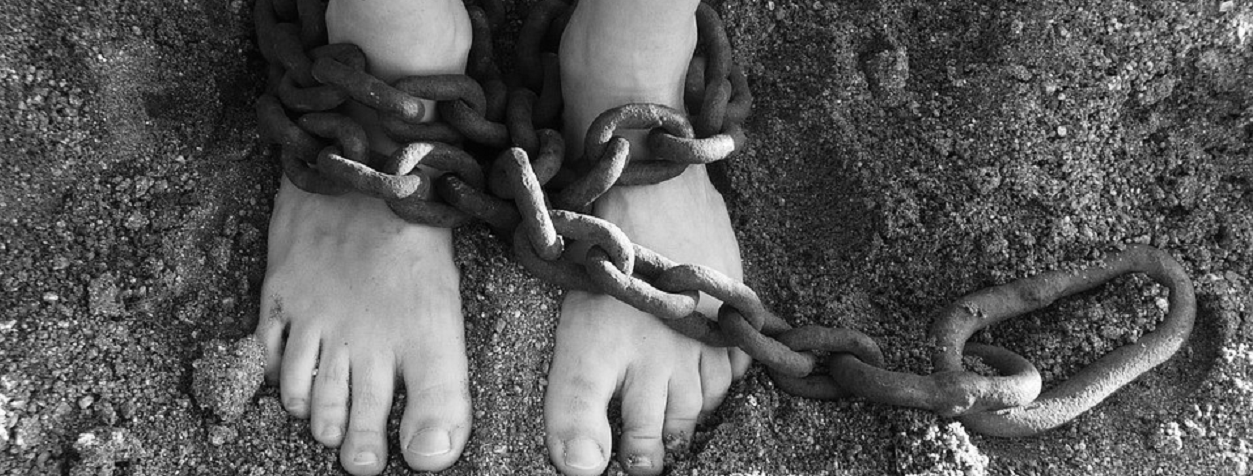Katie Milne, Policy, Public Affairs and Communications Assistant
When contemplating slavery, it is easy to believe that it disappeared long ago with the abolition of the Atlantic slave trade. Whilst slavery has now indeed been eradicated in terms of law, institutions of slavery have persisted and acquired a form that is different from the dark centuries of the New World’s sugar and tobacco plantations. Slavery still exists, and the types of victim it targets are widening in scope. Men, women, and children of all ages, ethnicities, and nationalities are susceptible to today’s gravest challenge to the international community: human trafficking. This form of modern slavery is now considered to be the most profitable worldwide criminal enterprise after the illegal arms trade.
The United Nations defines human trafficking as the sourcing of persons by threat or force through coercion, abduction, fraud, deception, the abuse of power, a position of vulnerability, or payment, to achieve the consent of control over a person, for the means of exploitation. Exploitation itself may be defined as prostitution or other forms of sexual exploitation, forced labour, slavery, servitude, or the removal of organs. In this way, human trafficking follows a distinct pattern; the act of transportation of persons, the means of coercing vulnerable persons, and the final purpose of exploitation.
The International Labour Organisation (ILO) estimates that annually 2.4 million people are trafficked globally and that also every year $32 billion is generated as a result of it. The majority of trafficked people are sourced from the poorest regions in the world, such as Africa, Eastern Europe, Latin America, and South East Asia. The top six most common countries of origin for potential victims in 2015 were Albania, Vietnam, Nigeria, Romania, Poland, and the UK. Today, around 14,000 people are in modern slavery in the UK, with over 50% of those people being trafficked through London. Also, between April and June in 2016, the UK saw 1002 potential victims of human trafficking of 70 different nationalities referred to the National Referral Mechanism.
The Santa Marta Group, named after Pope Francis’ home town, was developed by the Catholic Bishops’ Conference of England and Wales and first met in Rome during April 2014 when police chiefs and Catholic bishops committed to joint work to eliminate human trafficking. The group now has members in over thirty countries, and the Bishops’ Conference continues to bring together the heads of national and international police and law enforcement agencies to examine how they can work with the Church to assist victims. The group thus serves to produce practical answers, through existing as an effective medium between relevant parties.
The Bakhita Initiative, named after St Josephine Bakhita, has set out to strengthen the relationship between the Catholic Bishops’ Conference, the London Metropolitan Police, Catholic religious communities, and other support agencies, to reduce the impact of human trafficking. Caritas Bakhita House is a key part of this initiative. It provides traumatised female victims with emergency support, psychological therapy, legal and financial assistance, mentoring, and help with accessing accommodation. Love, respect, community, and spirituality are at the forefront of the project, leading to the successful rehabilitation of women. In 2015, eight women were successfully moved onto secondary accommodation, and three women were repatriated to their home countries.
For National Human Trafficking Awareness Day 2017, it is important to remember the huge scale of modern day slavery, and to think about ways in which we can help undermine its growing momentum. To read more about the work of the Santa Marta Group please visit: http://santamartagroup.com/
The views expressed in this blog are not CSAN policy.

